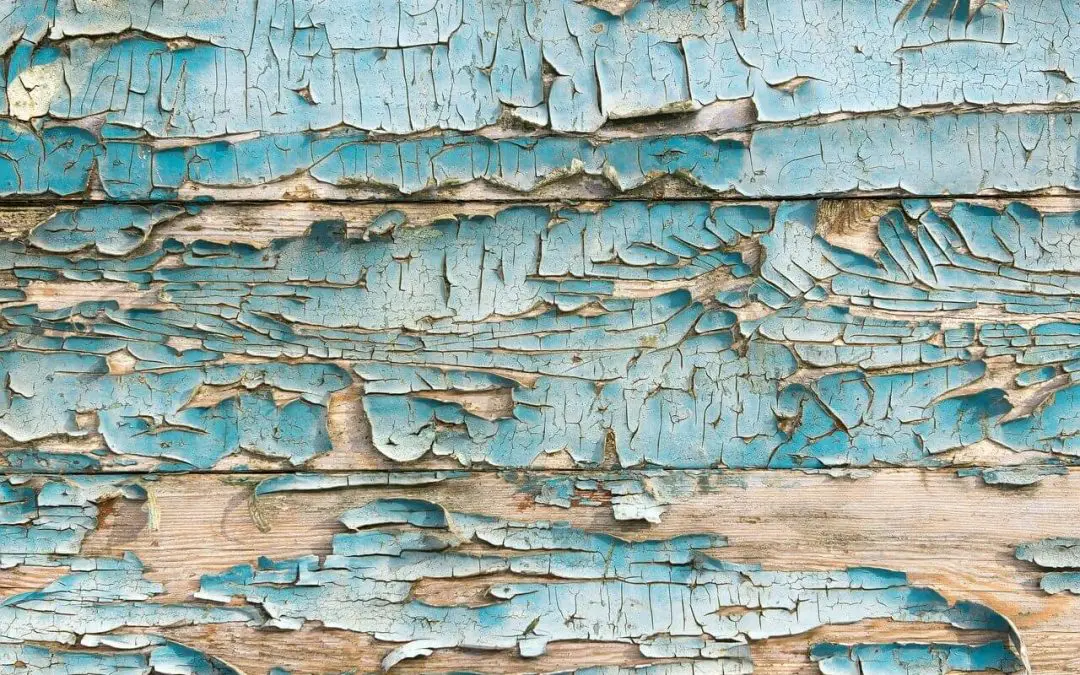Lead-based paint is a serious health hazard, especially in homes built before 1978 when its use was common in the United States. Homeowners, particularly those in older properties, need to be aware of the risks lead-based paint poses to their families and the structural integrity of their homes. This post will explain the dangers of lead-based paint and why it’s important to address this issue with care and urgency.
Dangers of Lead-Based Paint: Health Risks
Lead is a toxic metal, and exposure to it can cause significant health problems. Children under the age of six are especially vulnerable to lead poisoning because their developing brains and nervous systems are more sensitive to its effects. Even small amounts of lead can cause cognitive impairments, developmental delays, and behavioral issues in children. In severe cases, lead poisoning leads to seizures, coma, or even death.
Adults are not immune to the dangers of lead exposure either. Long-term exposure to lead dust can cause high blood pressure, kidney damage, and reproductive issues. Pregnant women are also at risk, as lead exposure can affect fetal development and cause premature births or low birth weights.
How Lead-Based Paint Becomes a Hazard
Lead-based paint is most hazardous when it deteriorates, which causes it to chip, peel, or create dust. These tiny particles can contaminate surfaces, soil, and even the air inside your home. Simply opening and closing doors or windows with lead paint can release dangerous lead dust into your home. If your home was built before 1978, it’s possible that lead-based paint is hiding under layers of newer paint, and without proper maintenance or remediation, it can become a threat over time.
Renovations in older homes also pose a significant risk. Disturbing lead-based paint through sanding, cutting, or demolition can release harmful dust and debris. Hiring a certified professional for renovation projects involving lead-based paint is critical to protecting your health.
Testing
If you suspect your home has lead-based paint, testing is essential. There are DIY lead testing kits available, but for accurate results, it’s recommended to hire a certified home inspector. They will use specialized tools to determine the presence of lead and assess how much of a hazard it presents. Testing should be done before major renovations, particularly in older homes, to make sure lead paint isn’t disturbed and released into the air.
Safely Addressing Lead-Based Paint
If lead-based paint is found in your home, removing it is not a simple DIY project. The process requires professionals who are trained in lead-safe practices. They will seal off areas, use specialized equipment, and ensure that lead dust is contained and disposed of properly. In some cases, encapsulation, which involves covering the lead paint with a special coating, may be an effective and less invasive option.
Be proactive about addressing the dangers of lead-based paint to protect your family’s health and the value of your home. Understanding the risks and taking the necessary precautions will help you create a safer living environment for everyone.
N8 Inspections provides lead inspections and other home inspection services in Baltimore, Maryland, and surrounding areas. Contact us to schedule an inspection.

